Expressing the Inexpressible: Tamara Saadé’s Many Photographic Languages
13 Share TweetTamara Saadé is a journalist and photographer from Beirut, Lebanon, who studied Journalism at Columbia University in New York City, and for some time, even blessed our Lomography NYC team with her beautiful writing for our Online Magazine. In 2020, Tamara moved back to Beirut, where the political and economical situation of the country required her journalistic attention. While the documentation of the events in Beirut for the past two years must have been extremely time- and energy-consuming, Tamara seemed to always keep her balance between journalistic duties and creative photographic experiments for her own artistic expression. Her body of work is so vast and versatile that it is virtually impossible to put her into a photographic category.
Welcome back to Lomography, Tamara, and thank you for sharing examples of your wonderfully versatile body of work. What kind of photographer would you call yourself or how would you describe your work?
Hey Lomography! It’s so nice to be back here, but this time on the other side of the interview. Instead of defining myself as a street photographer, portrait, or photojournalist, I prefer to use the term “photographer” and belong to whatever’s under the umbrella of photography. My work focuses on people. Most of my professional assignments are either journalism-oriented or editorial. I need and love to have this balance to be able to photograph as much as I can.
What drew you to photography in the first place?
Photography came naturally to me. For my 16th birthday, my friends all got me my first DSLR, and since then, not a day has passed when I haven’t shot a picture. I think photography is the most universal language in the world, and can transmit a lot of emotions. When I don’t feel like I can express something in words, I always find refuge in photography.
You experiment a lot with the medium itself and make use of the physicality of analog photographs. Can you tell us a little bit about how you conducted those experiments?
Film photography is often sacred. Because of its cost, because of the scarcity of it, and how much effort we put into it, it’s often put on a pedestal (I think it should stay up there!). But once you go out of the box and think that it’s okay to desacralize your negatives and Instant shots, you open an infinite window of creativity.
I’ve been shooting film for almost a decade, and having the privilege to have thousands of negatives, I thought what else can I do with them. Experimenting can involve anything you want, nothing is off-limits, as long as you’re safe. Burning them, soaking, painting, cutting…
After your studies in NY and your internship at Lomography USA you returned to Lebanon in 2020. What have you been working on photography-wise since your move?
I moved back to Lebanon at a critical time. The country was and still is experiencing a quasi-total collapse. My work has mainly been with news agencies. But I was also lucky to be a Magnum Foundation grantee and work on a project in Beirut dear to my heart: The series 'Shedding Skin'. Next, I’m trying to work on traveling a bit and making a living out of projects that I am passionate about.
How does the place you live in affect your work?
My environment definitely has an impact on the type of work I do. I always try to do street photography wherever I go, but I’m always open to my surroundings affecting me. During New York’s first lockdown, I stayed home playing with Polaroids, self-timers, filters (all thanks to Brooklyn Film Camera) and this unlocked a new style of photography for me. Always be open to what your surroundings can offer you.
What makes a strong photograph in your opinion?
I have two main points I look for in a photograph. The first one is the light. Flash, sunset, blue hour, mid-day, the light you choose can dictate the mood of your shots. And the other is simply the feeling. Sometimes pictures aren’t technically perfect, or they’re blurry, underexposed, the subject is off, you missed the decisive moment. But there’s something about it, a feeling you can’t shake from your gut. With social media, there’s a lot of pressure on photographers to create the best picture. We often forget that Instagram, for example, is curated. People choose what they want to put out there. If I end up with 5 or 6 pictures a year that I’m proud of, I can look back and say it was a successful year.
What are your goals / is there anything you are hoping to achieve with your work?
As naïve as it may sound, I’m honestly looking to change the world. May it be in photographing injustice, to shed light on it, by immortalizing funny moments, but mostly by freezing and highlighting the importance of kindness in the world. Life is already hard as it is, if I can just share those small windows of happiness, and have someone smile when they see my shots, my job is done.
Is there a project you're particularly proud of and can you tell us about it?
I actually just minted my first NFT collection made out of instant photos, and I’m really excited about it. If you’re not into NFTs, just skip those first two sentences! I’m trying to approach film photography with a zero-waste mindset. So all of my expired Polaroids or failed shots (under- or overexposed) are reworked, manipulated and turned into new pieces of work.
Is there a project you're planning to work on?
I’m very excited about the LomoChrome Turquoise to come out, as I’m planning to shoot a landscape project completely done on LomoChrome Turquoise and LomoChrome Purple. So do keep an eye out on my Instagram and website for some upcoming projects!
Make sure to follow Tamara's work on her Instagram.
geschrieben von birgitbuchart am 2022-02-11 in #Ausrüstung #Menschen #experimental #documentary #lomography-film #film-formats












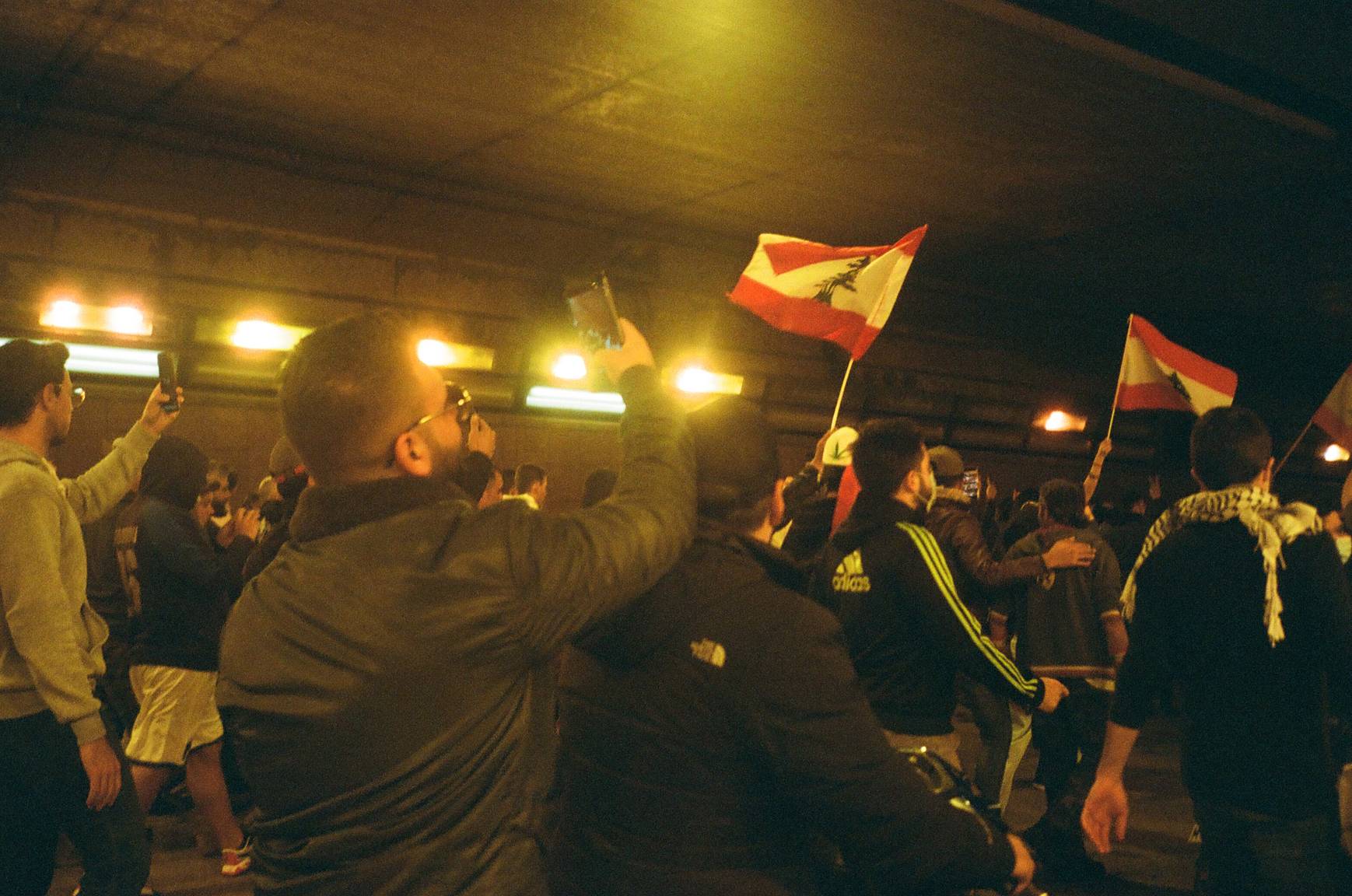
















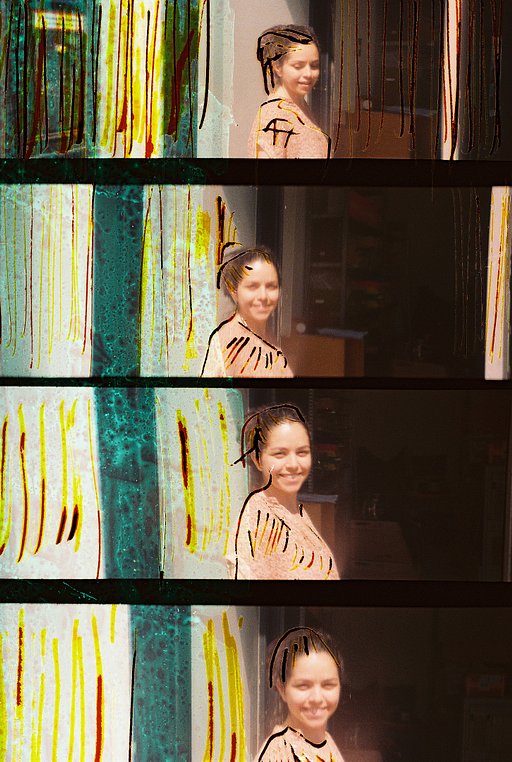




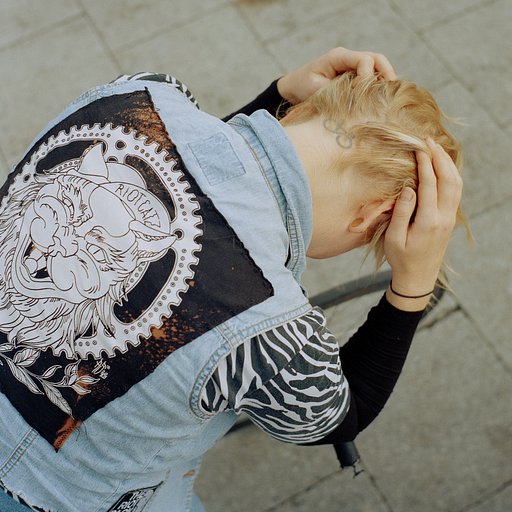
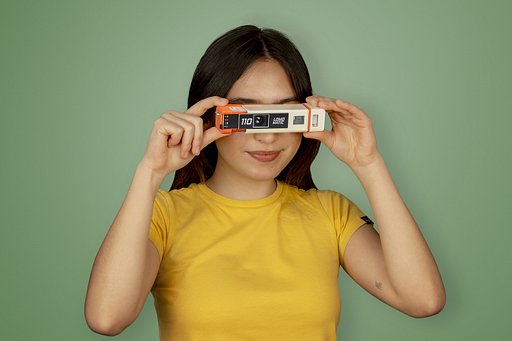
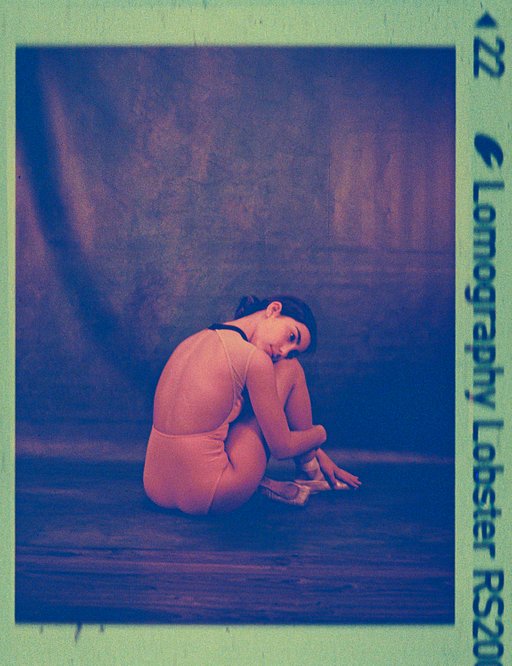
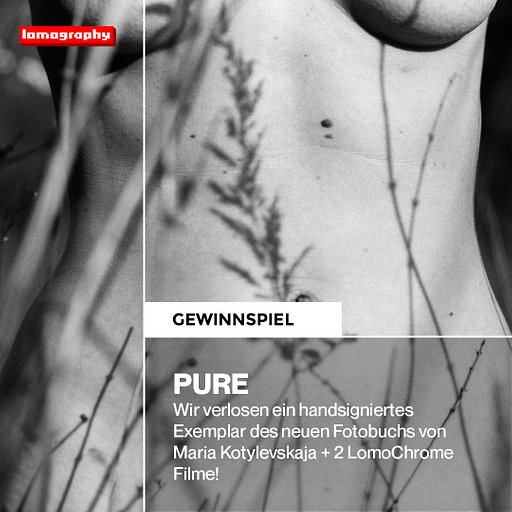

Keine Kommentare